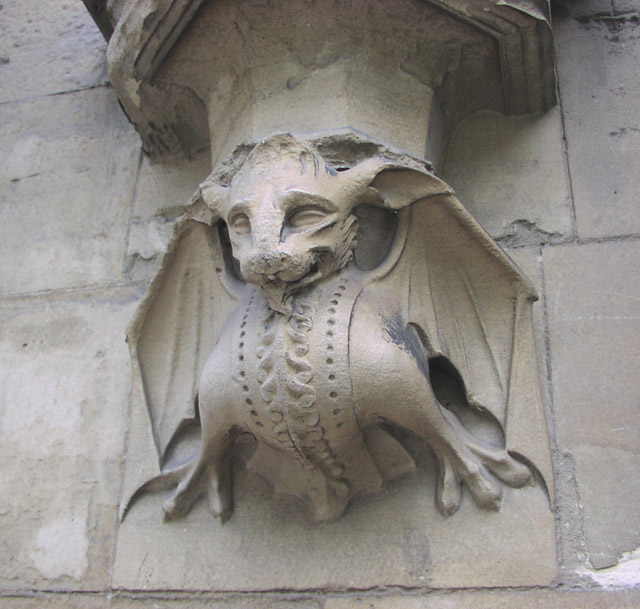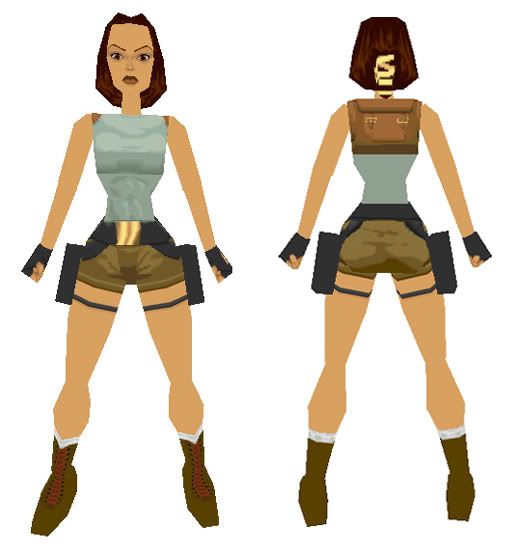1. Starting at the father of all videogames, my first example is 'Pong' by Atari (1972):

The sound system used for pong is called 'Monaural', which has a very handy explanation from wiki!:
Monaural sound has been replaced by stereo sound in most entertainment applications. However, it remains the standard for radiotelephone communications, telephone networks, and Audio induction loops for use with hearing aids. A few radio stations, particularly of the talk radio variety, choose to broadcast in monaural sound, as a monaural signal has a slight advantage in signal strength over a stereophonic signal of the same power.
The gaming interface is set up in 2D, birds-eye view, with simplistic sounds this game is a perfect example of basic environments with limited sounds.
2. My second example is from a game I played as a child; 'The Lion King' produced by Virgin Interactive (1994), I played it on the computer, however it was also available for, SNES, NES, Game Boy, Sega Megadrive/ Genesis, Amiga, Master System and Game Gear. Although a long jump in production date, this game uses elements of the Atari game 'Pong'. For example; the game features 2D side scrolling technology, although significally increased in graphical detail, this game is still 2D! The graphics were produced by actual Disney animators, the background music is MIDI (Musical Instrument Digital Interface), in other words electronic music, usually produced using a synthesiser etc.

3. Another basic example of game environment is the original 'Prince of Persia'! (1989), developed by Jordan Mechner for the Apple II:
Prince of Persia was produced using 'Rotoscope' techniques, another wiki definition is needed;
Rotoscoping is an animation technique in which animators trace over live-action film movement, frame by frame, for use in animated films.[1] Originally, recorded live-action film images were projected onto a frosted glass panel and re-drawn by an animator. This projection equipment is called a rotoscope, although this device has been replaced by computers in recent years. In the visual effects industry, the term rotoscoping refers to the technique of manually creating a matte for an element on a live-action plate so it may be composited over another background.The original POP had only sound effects (sounds of jumping and gates rising etc.), it was a pinacle game, it started the 'non-scroll' levels and superior animation compared to anything that had come before!
4. My last example for simplistic sound and environments is the second 'Final Fantasy' developed by Square (the company now called Square-Enix!) made in 1988:

The game is a 2D pixel made game for the Family Computer and has been remade for Wonderswan Color, Sony Playstation, Japanese mobiles, Game Boy Advance and PSP. The music was, of course, made by the legendary, Nobuo Uematsu- Sama, and is MIDI made.
An Immersive 3D Environment.... Research:
I thought I'd start with an environment that led to the fully immersive environments found in modern gaming! So, yet again I am using 'Final Fantasy 7' (1997), my personal favourite series and game in the series.

This clip gives us images of both in-game and also the FMV sequences. The animation in this game was the start of the 3D age! Made for the Sony Playstation the game was ahead of it's time. It used 3D technology for the interactive environment and for the characters, and 2D graphic artwork for the distant background work. Again, the music was made by Nobuo Uematsu and produced in MIDI form by a synthesiser, the 3D technology used in this game made Squaresoft (as named then) one of the leading Japanese video game developers and allowed them to continue developing the 3D graphics for the next games to the present day and probably for a long time in the future.
2. Continuing with my decision to build up to present day technology, my next subject is from the good old PS2 era or what is now known as vintage! (-_-''). Therefore I have selected one of my favourite games from the PS2, 'Shadow of the Colossus'!

Released in 2005, 'Shadow of the Colossus' is a 3D game developed by Team ICO (creators of the great game 'ICO'). The game boasts incredible graphics and the music was developed especially to ensure the player would feel alone in a world that is exceedingly vast, the emotional effect being that the audience feels the character's desperation to save his loved one, but feeling so small compared to everything in the world! The colossus add to this effect! Although the gameplay in the landscape of the world is silent, save for the character's sound effects, when the cut-scenes play, or a battle starts (and throughout the course of the battle) the music changes to orchestrally recorded soundtracks that immerse the player completely into the fight.
3. My third choice is 'Batman: Arkham Asylum', for PS3, Xbox 360 and Windows, released in 2009 by Rocksteady Studios.

This clip is from the boss battle of my favourite villain, 'the Joker' and displays the immense graphical technology and quality of both gameplay and music. To make the gameplay graphics smooth, 'Wildstorm' built the character 'rigs' and Rocksteady animated the characters actions. It runs on Epic Games Unreal Engine 3. The music was composed by Nick Arundel and Ron Fish, and is completely orchestral based, allowing the gamer to focus on gameplay and not on lyrics etc. ensuring the experience of play to be focused and as though the player is in the game. Although the player is 3rd person the game still has a very strong depth to it's gameplay through good graphics and traditional orchestral soundtrack!
4. Finally, -Drum Roll- the final game in this post, I chose; 'Fallout 3'! Developed by the now infinately renowned game developers Bethesda Studios (rightfully so...), Fallout 3 was made on PS3, Windows and Xbox 360 and released in 2008.
Fallout 3 was a game made to suit any gamer, the choice of 1st or 3rd person, the choice of music etc. lead the player to become immersed in the game extremely quickly. The original two Fallouts were developed by Black Isle Studios, however development was transferred to Bethesda (developers of 'Elder Scrolls') for the 3rd game, after a failure to complete the original version of Fallout 3 (a demo of the original Fallout 3 was released however). The Bethesda team did an incredible job working on the graphics and gameplay and created a legendary game even without the music, however, it was the music that swept it up the podium to one of the greatest games ever made! The music during gameplay was from a score written by composer, Inon Zur specifically for the game and builds tension with ease putting the player on the edge. In addition to this wonderful score the player has the choice of listening to the fallout radio transmissions! Galaxy News Radio, provides music that survived the blast and ranges from the 'Ink Spots' to the 'Andrews Sisters' (my particular favourite being; 'I don't want to set the world on fire...' by the Ink Spots!) and the other radio station in the game; the Enclave Radio, with it's stereotypical American Patriot's marches etc. The defining feature of this game is choice, from your character's appearance, conversation choices, music preferance and even gaming perspective (3rd person etc.), this game gives the player the opurtunity to play the game they want, making this my chosen most immersive video game!



























.jpg)
.jpg)


